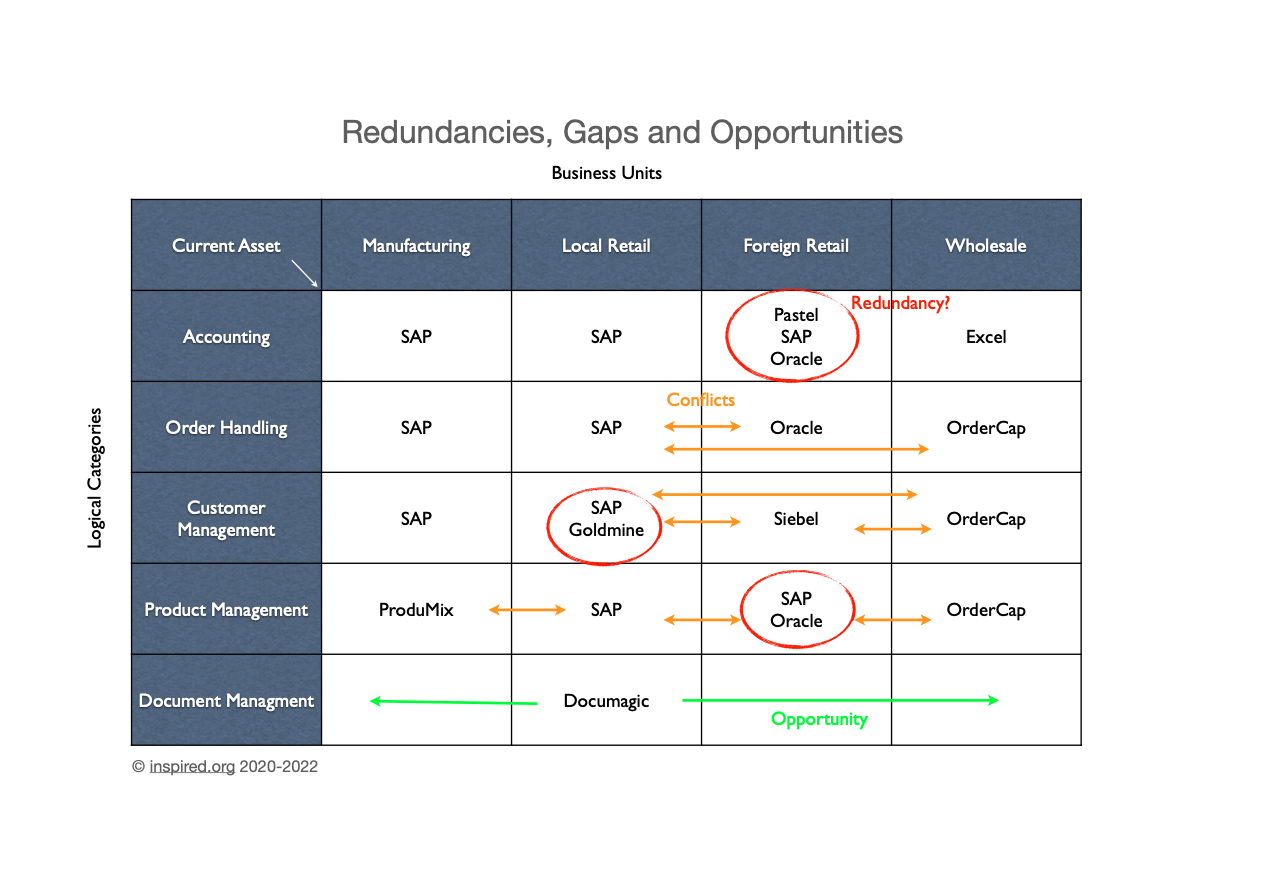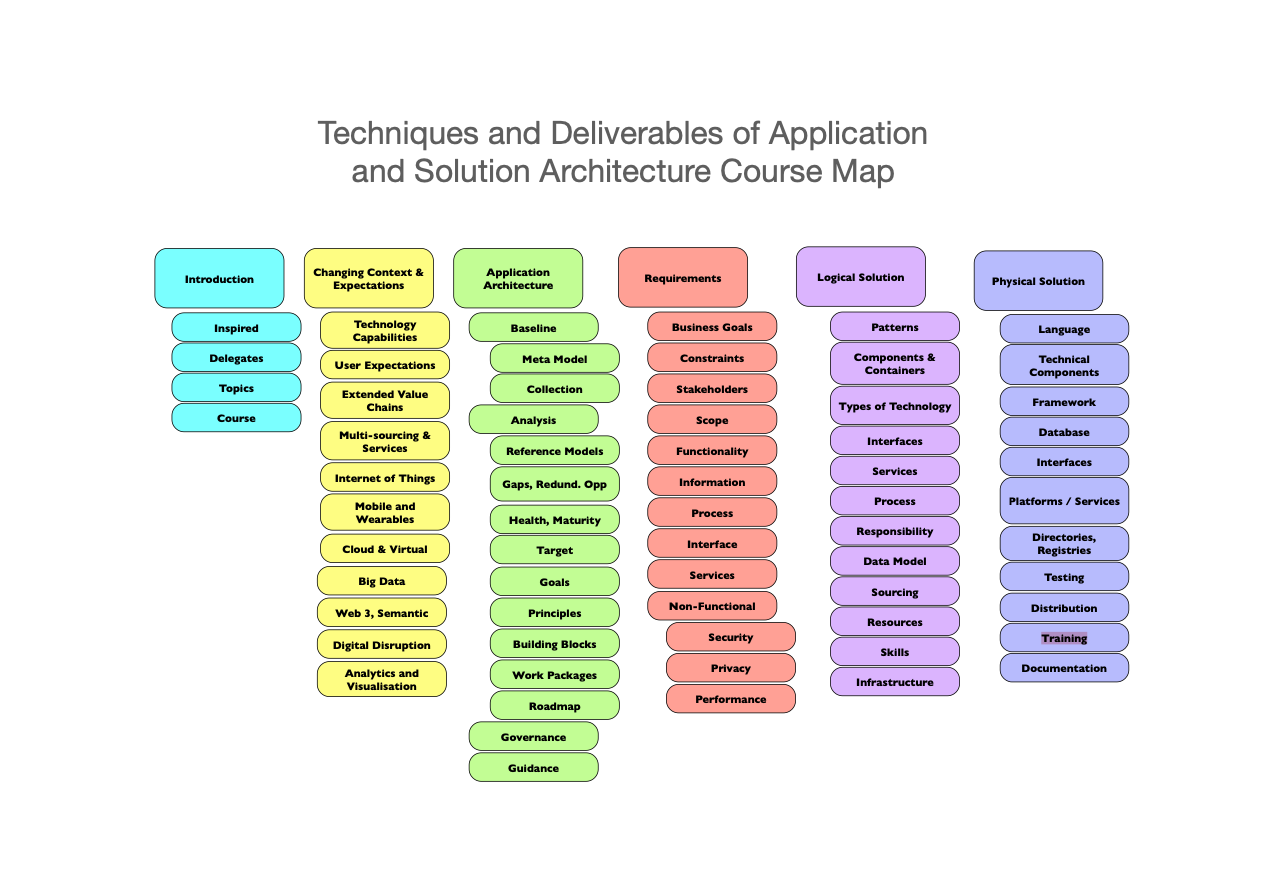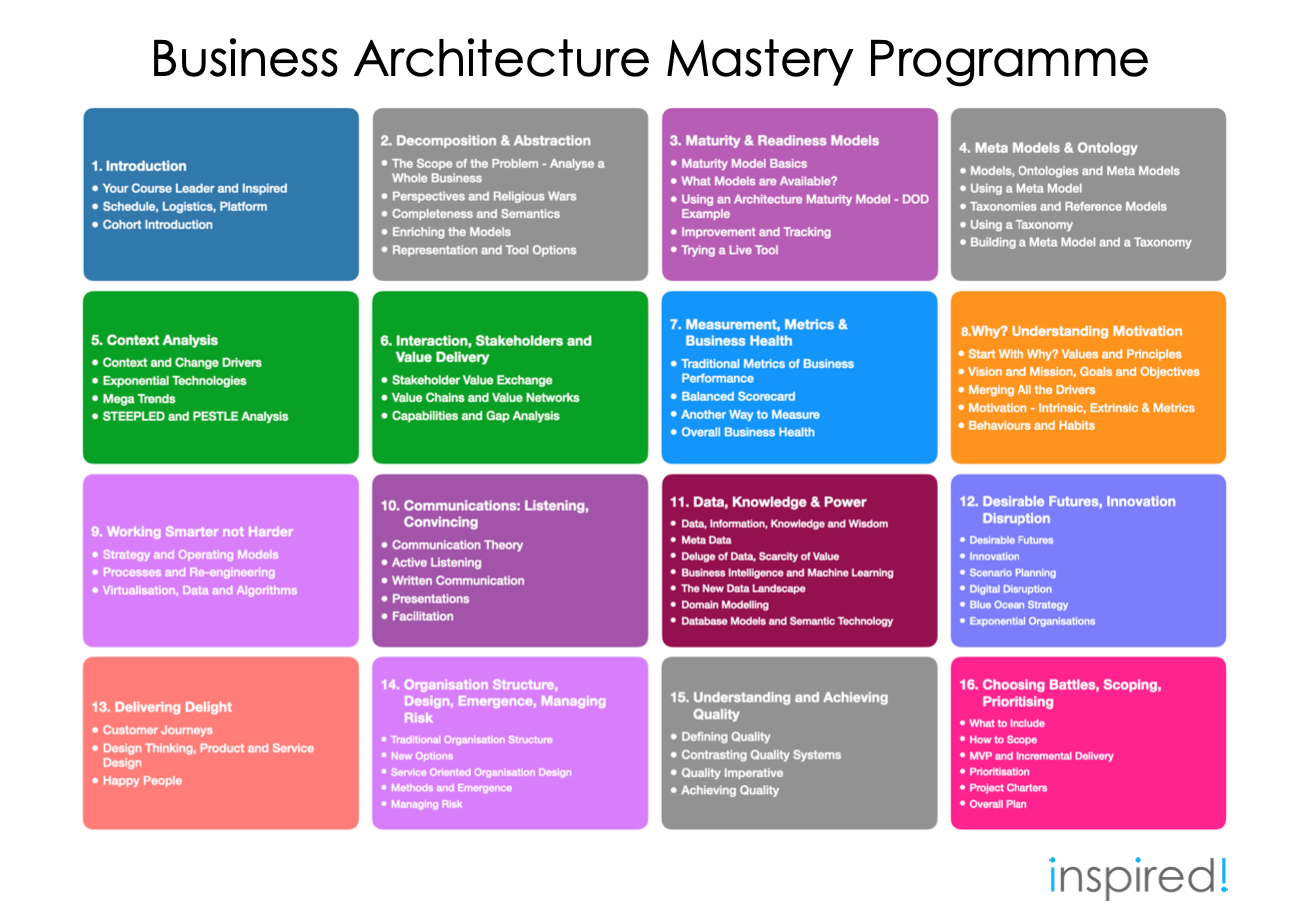A solution is a combination of components in a configuration that solves a problem or exploits an opportunity in a way that meets our goals. Hopefully it is also effective, efficient, sustainable, ethical and relatively risk free.
It is not just a software system, but rather a combination of software, process, people skills, data and technology that meets business, human, technical and legal requirements.
Considering the provided rich picture:
The items outside the circle represent the context in which a solution is developed. We ignore these at our peril. If we do not know the Business Goals for a solution, we can only meet them by extraordinary luck. If we do not know the Legal constraints we will run foul of the law. If we do not understand the Customer and the Stakeholders, we are unlikely to provide something they are happy with. If the service is not delivered via the required Channels or compatible with the Brand strategy, we may miss the mark entirely. In short, many of these should inform our Requirements. Alan Kay famously remarked: Context is worth 80 IQ Points.
Our requirements should also certainly include the Functions that must be performed, the Business Objects (Data) that is used, the Technology we need, the Process to deliver Value, the Application Services we may use or provide, the User Interfaces, the Events we need to respond to or generate and the Locations where we need to be available.
Non-Functional requirements will also play a major role in the viability and success of a solution. These include aspects such as security, reliability, performance, cost, maintainability, flexibility, ease of use, compatibility and many other factors.
Customer Experience is crucial to ensure wide and willing acceptance and delivery of business value. Staff experience is also key, as it that of other professionals who will deal with the solution, including Operations, Support and Maintenance staff.
The Solution Architecture should follow some important principles, including: Modularity, loose coupling, message based communication and open standards. Its also good to have tests built in and automatically repeatable, an affinity for DevOps or Continuous Deployment. User interfaces that are intuitive and built in tutorial aids are really important too.
A cost effective system might be composed of off the shelf components, reusable library elements, configurable components and custom developed elements. The solution includes these and the other elements of human skill and capability, supporting technology, infrastructure, documentation etc.
We may also need to contemplate the development/ implementation dependencies and partition the solution into an initial Minimum Viable Product plus one or more incremental delivery releases to get us to the full capability required.
Solution Architecture is a challenging but very rewarding role.
#SolutionArchitecture #Architecture #Requirements




















